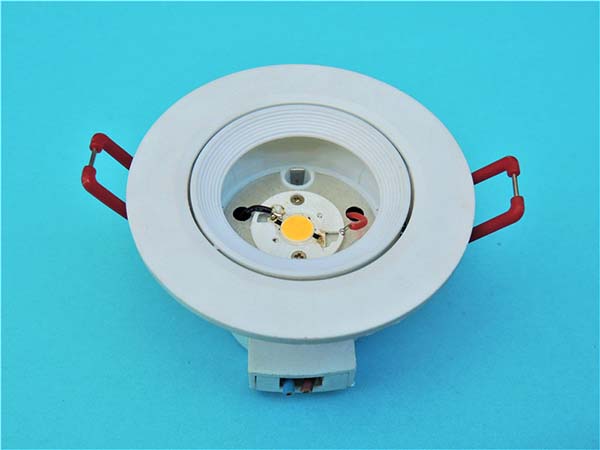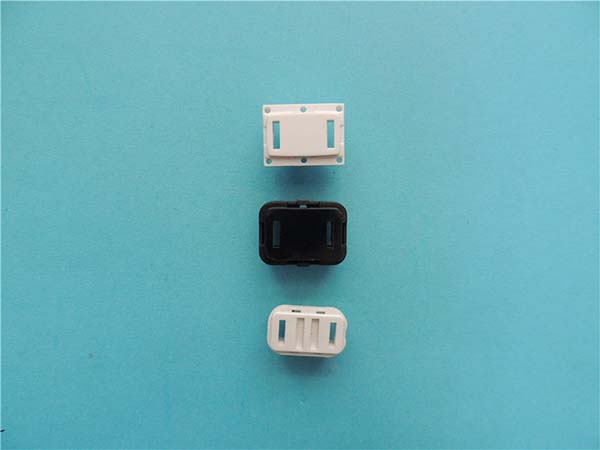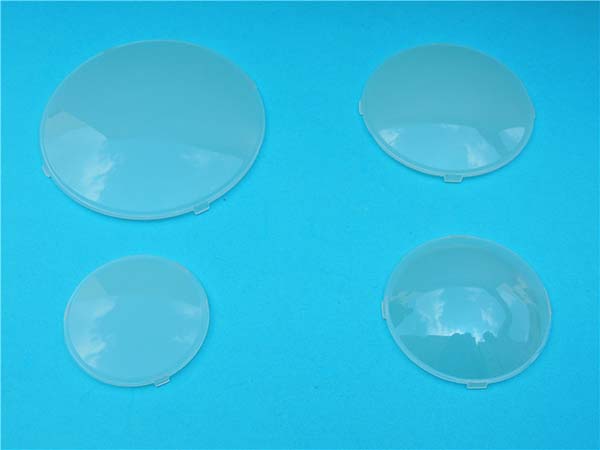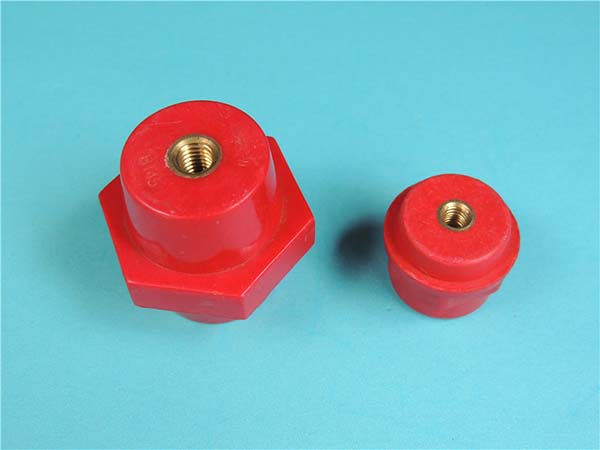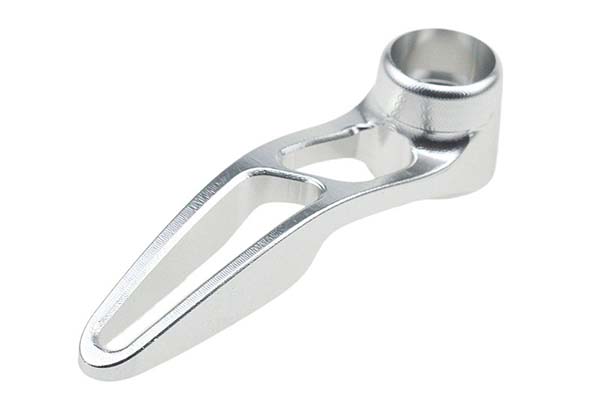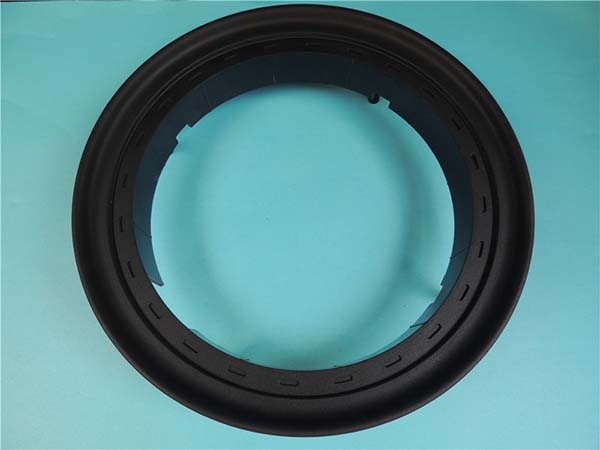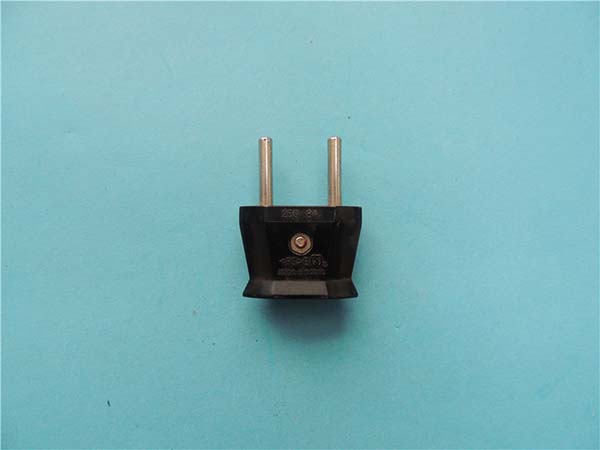What are 3D Printing Functional Parts?
3D printing functional parts refer to three - dimensional physical objects created from digital files through rapid prototyping technology. They are designed to perform specific functions in various applications, ranging from mechanical components in engines to customized medical implants.
Materials Used in 3D Printing Functional Parts
- Plastics:
- PLA (Polylactic Acid): Derived from renewable resources like corn starch or sugarcane, PLA is a popular choice for 3D printing. It is easy to print, has a low melting point, and is biodegradable. For functional parts, it can be used in applications where strength requirements are not extremely high, such as in some consumer electronics housings or simple jigs and fixtures. For example, a small - scale 3D - printed PLA holder for a smartphone charger can be easily created, which is both functional and environmentally friendly.
- ABS (Acrylonitrile Butadiene Styrene): ABS is a more durable plastic. It has better heat resistance and mechanical properties compared to PLA. ABS is often used in the production of functional parts in the automotive and aerospace industries for prototypes of components like air intake ducts or small structural parts. However, it requires a heated build plate during printing to prevent warping.
- Metals:
- Stainless Steel: Stainless steel 3D - printed parts are known for their high strength, corrosion resistance, and durability. They are widely used in the manufacturing of functional parts in the medical, food processing, and marine industries. For instance, in the medical field, stainless - steel 3D - printed surgical tools can be customized for specific procedures, offering better precision and functionality.
- Titanium Alloy: Titanium alloy parts are extremely strong and lightweight, with excellent biocompatibility. In the aerospace industry, titanium alloy 3D - printed components, such as engine parts and structural elements, can reduce the weight of the aircraft while maintaining high - performance standards. In the medical industry, they are used for implants like hip replacements, where the combination of strength and biocompatibility is crucial.
How Does 3D Printing Work for Functional Parts?
3D printing for functional parts involves a multi - step process. First, a 3D model of the desired part is created using computer - aided design (CAD) software or obtained from a 3D scanner. This digital model serves as the blueprint for the physical part.
The next step is slicing, where the 3D model is divided into thin layers, typically ranging from 0.05mm to 0.3mm in thickness. The slicing software generates a set of instructions for the 3D printer, specifying how to deposit the material layer by layer.
During the printing process, the 3D printer reads the sliced data and deposits the chosen material in a precise pattern. There are several 3D printing technologies commonly used for functional parts:
- Fused Deposition Modeling (FDM): In FDM, a thermoplastic filament is fed into a heated extruder. The material is melted and then extruded through a nozzle, which moves in the X and Y directions to deposit the material in the shape of the cross - section of the layer. After each layer is deposited, the build platform lowers by the thickness of one layer, and the process repeats. FDM is popular for its relatively low cost, wide range of available materials (such as PLA, ABS, and nylon), and ease of use. However, it generally has a lower resolution compared to some other technologies, resulting in a slightly rougher surface finish. For example, in a DIY 3D - printed drone frame project, FDM - printed parts made of nylon can provide sufficient strength and flexibility.
- Stereolithography (SLA): SLA uses a vat of liquid photopolymer resin. A UV laser beam is directed at the surface of the resin, curing it layer by layer according to the cross - sectional shape of the part. The build platform starts at the bottom of the vat and gradually rises as each layer is cured. SLA offers high precision and smooth surface finishes, making it suitable for parts that require fine details, such as jewelry prototypes or dental models. But the equipment is more expensive, and the resin materials can be costly and may have limited mechanical properties. For instance, a 3D - printed intricate jewelry piece with delicate patterns can be accurately produced using SLA technology.
- Three - Dimensional Printing (3DP): This technology spreads a layer of powder (such as metal, ceramic, or polymer powder) and then selectively deposits a liquid binder on the powder to bond the particles together, forming the shape of the layer. After each layer is completed, the build platform lowers, and a new layer of powder is spread. 3DP can produce parts with complex geometries and is often used for creating sand molds for casting or for making architectural models. However, the parts may require post - processing to improve their strength. For example, a 3DP - printed sand mold for casting a small metal component can be made quickly and with high detail.
- Selective Laser Sintering (SLS): SLS uses a high - power laser to sinter powdered materials, such as nylon, metal, or ceramic powders. The laser scans the powder bed, melting and fusing the particles together in the shape of the cross - section of the layer. Since the unsintered powder supports the part during the printing process, SLS can create complex geometries without the need for additional support structures. SLS - printed parts generally have good mechanical properties and are suitable for functional applications in the automotive and aerospace industries. But the equipment and materials are expensive, and the process can be time - consuming. For example, an SLS - printed automotive engine component prototype can be tested for fit and function due to its high - strength properties.
Applications of 3D Printing Functional Parts
3D printing functional parts have found extensive applications in various industries:
- Medical Field:
- Custom - Implants: 3D printing enables the creation of patient - specific implants. For example, in orthopedics, hip and knee implants can be designed according to an individual's bone structure. A study showed that in a hospital, 3D - printed hip implants led to a 30% reduction in post - operative recovery time compared to traditional implants, as they fit the patient's anatomy more precisely.
- Surgical Guides: These are crucial for complex surgeries. In neurosurgery, 3D - printed surgical guides help surgeons accurately navigate the brain during tumor removal procedures, increasing the success rate of the operation by up to 20%, according to a research in a leading medical center.
- Automotive Industry:
- Prototyping: Car manufacturers use 3D - printed functional parts for rapid prototyping. For instance, a major automotive company was able to reduce the time for developing a new car model's prototype from 6 months to 3 months by using 3D - printed parts for components like air intake manifolds and engine brackets. This not only speeds up the design - iteration process but also saves significant costs.
- Custom Parts: Some high - end or custom - made cars use 3D - printed parts for unique components. A luxury car brand produced limited - edition cars with 3D - printed interior trim parts, offering customers a highly personalized touch.
- Aerospace Industry:
- Lightweight Components: Weight reduction is crucial in aerospace. Many aircraft engines now use 3D - printed titanium alloy parts, such as turbine blades. These parts can reduce the weight of the engine by up to 15%, leading to a 10% increase in fuel efficiency, according to a report by an aerospace research institute.
- Satellite Components: In satellite manufacturing, 3D - printed parts are used for various components like antenna mounts. A space agency successfully launched a satellite with 3D - printed antenna mounts, which were able to withstand the harsh space environment while reducing the overall satellite weight.
Yigu Technology's Perspective
As a non - standard plastic and metal products custom supplier, Yigu Technology highly values the role of 3D printing functional parts in customized production.
In terms of meeting special requirements, 3D printing allows us to create parts with complex geometries that are difficult or even impossible to achieve through traditional manufacturing methods. For example, for some clients who need components with intricate internal structures for fluid - flow optimization in their equipment, 3D printing enables us to bring their unique ideas to life.
Moreover, 3D printing significantly shortens the customization cycle. In the past, for a customized non - standard part, the design - to - production process could take weeks or even months due to the need for mold making and multiple machining operations in traditional manufacturing. With 3D printing, once the design is finalized, we can start printing the part immediately. This reduces the production time to just a few days or even hours in some cases, enabling our clients to get their products to market faster and respond more quickly to market demands.
FAQ
What materials can be used for 3D printing functional parts?
Common materials for 3D printing functional parts include plastics like ABS (Acrylonitrile Butadiene Styrene) and PLA (Polylactic Acid). ABS is known for its durability, heat resistance, and is often used in automotive and aerospace prototypes. For example, it can be used to print air intake ducts for car engines. PLA, on the other hand, is biodegradable, easy to print, and is suitable for less - demanding functional parts such as small consumer electronics housings. Metals such as aluminum alloy and titanium alloy are also used. Aluminum alloy parts are lightweight and have good strength - to - weight ratio, which are great for applications in the automotive and aerospace industries. Titanium alloy parts are extremely strong, lightweight, and biocompatible, making them ideal for medical implants like hip replacements and aerospace components. Additionally, ceramics can be used for 3D printing functional parts in applications where high - temperature resistance and chemical stability are required, such as in some industrial furnace components.
How accurate is 3D printing for functional parts?
The accuracy of 3D - printed functional parts is influenced by multiple factors, including the 3D printing technology used, the quality of the 3D printer, and the printing parameters. For Fused Deposition Modeling (FDM), which is a widely used 3D - printing technology, the general accuracy is around ±0.5mm. Stereolithography (SLA) can achieve a higher precision, with an accuracy of approximately ±0.15mm. To improve the accuracy, several steps can be taken. First, choosing the right 3D printer with high - quality mechanical components and precise motion control systems is crucial. Second, optimizing the printing parameters such as reducing the layer thickness (although it may increase the printing time), adjusting the nozzle temperature for better material adhesion, and ensuring proper support structures to prevent deformation during printing. Third, using high - quality 3D models without errors or imperfections can also contribute to higher - accuracy prints.
Can 3D printing replace traditional manufacturing for functional parts?
3D printing cannot completely replace traditional manufacturing for functional parts. Traditional manufacturing methods, such as injection molding and CNC machining, have their own advantages. Injection molding is highly efficient for mass - production of parts with consistent quality, and it can achieve very high precision and smooth surface finishes. CNC machining is great for creating parts with complex geometries from a solid block of material, offering high accuracy and excellent material properties. However, 3D printing has its unique benefits. It allows for the creation of highly complex geometries that are difficult or impossible to achieve with traditional methods, as well as rapid prototyping and customization. For example, in the medical field, 3D - printed patient - specific implants can be created, which is not feasible with traditional manufacturing on an individual - patient basis. So, instead of replacement, 3D printing and traditional manufacturing often complement each other, and the choice depends on factors like the complexity of the part, production volume, cost, and time requirements.
